Artist, producer and modular synth obsessive Benge shows us around his incredible new studio.
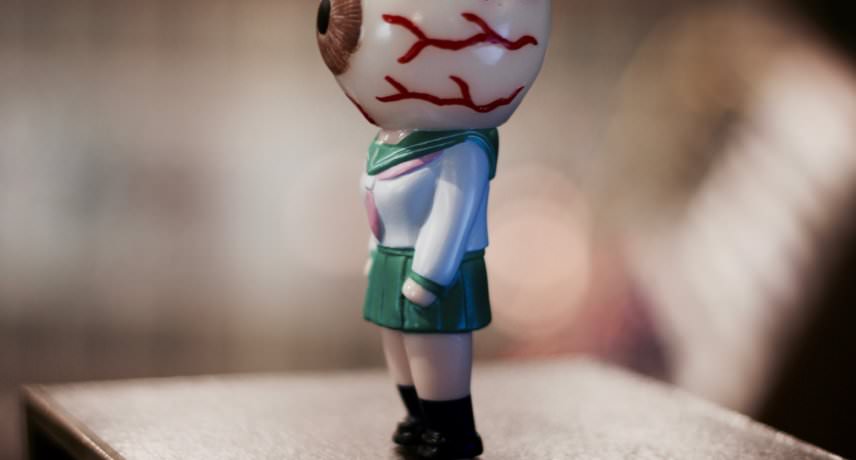
Toy
This tiny little Japanese model that I got given sits on top of my speakers. It’s like a sort of giant eyeball on a little girl’s body. The singer John Grant came down to the studio last week and he’d just got back from Japan so he brought us this as a present. We’re working on something with him.
Related
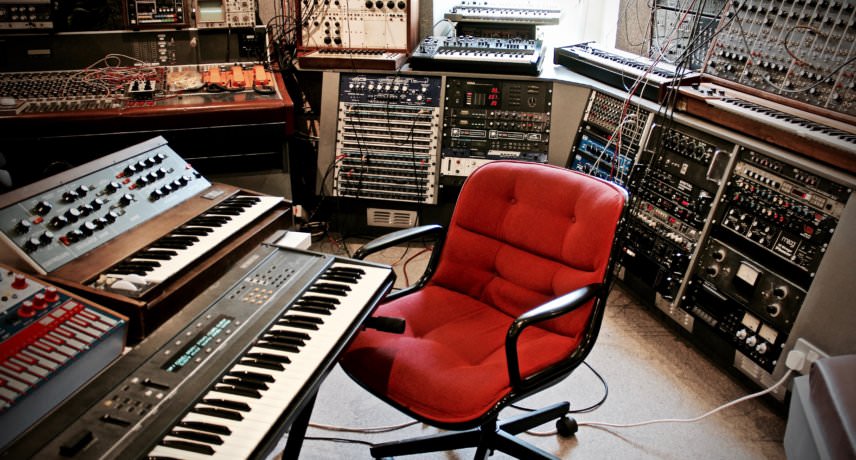


Benge – My Studio
I used to be based just off Hoxton Square. I was there for about ten years, but I fancied a change of scenery so I moved everything down here to Cornwall, which is kind of the complete opposite of East London. It’s been pretty amazing to start from scratch and build a whole studio from the ground up.
It’s quite a similar setup to the studio I had in Hoxton: all the synths are in one place and they’re all wired through the patch bay. I managed to get a house that had enough space to pretty much get everything how I wanted it, so I built a big live room and a control room with all the modular synths. I put everything in purpose-built racks and consoles. It all looks a bit Space: 1999.
The new Wrangler album was the first proper album I did here. We did the recording about a year ago now. I’d spent a year or so getting the studio built, then it was really cool to go straight in with a big project. We’d been playing a lot of live stuff and a lot of the album tracks were semi-written before they came down here, which was quite a different way of working. When we came into the studio we kind of knew pretty much the basics of each track, then we experimented on top of them. It’s a nice area, so it’s kind of cool for people to come down and relax and get into the vibe of it all.
Related

AIAIAI Unveils The TMA-2 Studio and The TMA-2 Studio XE
6 years after releasing the TMA-2, Danish audio company AIAIAI has announced the TMA-2 Studio and TMA-2 XE. It's hard to believe 6 years have passed since we reviewed the TMA-2 in 2015. A popular product amongst DJs, as well as the Attack team, they were an easy addition to…
In "News"

Quantic
Quantic explains his production process as he shows us around his Brooklyn studio. online pharmacy order lariam no prescription with best prices today in the USA Quantic will take part in a discussion at this year's Ableton Loop online pharmacy purchase stromectol online with best prices today in the USA online…
In "My Studio"

Huxley
To accompany our in-depth interview online pharmacy phenergan for sale no prescription pharmacy online pharmacy buy tamiflu no insurance with best prices today in the USA , Huxley gives us a breakdown of the key tools in his studio. Huxley's Blurred is out now on Aus Music. Find him on Facebook online pharmacy…
In "My Studio"
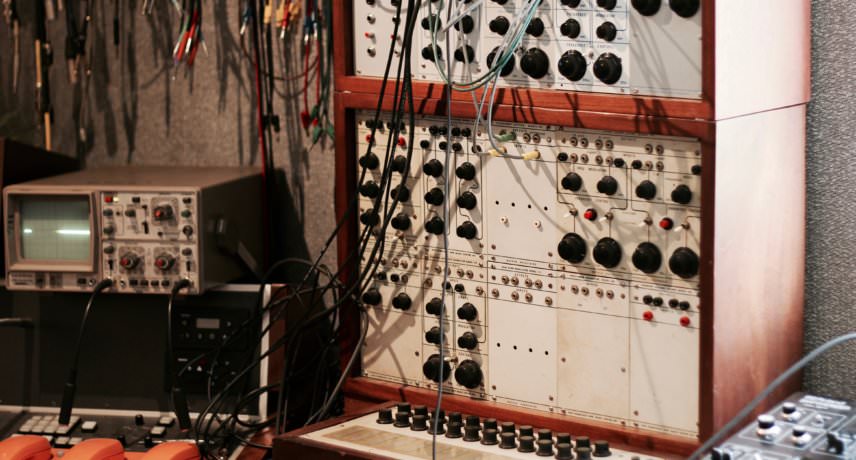


Buchla 100
I’ve been building this Buchla 100 system up over last couple of years. It’s one of the very first ones he made, in the 60s. It’s really hard to get modules for it. I started out buying one of the modern Buchla 200e systems – the ones with MIDI and patch memory – but I didn’t get on with it that well, to be honest. I didn’t like the digital side of it. If a synth’s analogue I want it to sound analogue. If a modular synth’s sounding a bit digital it doesn’t really do it for me, so I sold that off and bought really vintage ones from the 60s. They’re just amazing. They’ve got all the functionality of the new ones but they just sound really raw, a pure electronic sound that you can’t really get any other way.
It’s very imprecise, and the patching of it means that you set up patches you’d never come back to. It uses banana plugs, so you can stack them and go to different places – it’s really hard to keep track of what’s going where, but you get things that you’d never think of doing normally. The best word for the sound is organic, which is a really crappy word but it is – it’s almost got a life of its own. It does things that sound almost like little animals or something. It’s got a character to it that you can’t get any other way. The patching on it’s so unusual, everything’s about very fast frequency modulation, so you get these really strange buzzy tones and really rich-sounding tones that you’d struggle to get any other way.
Related
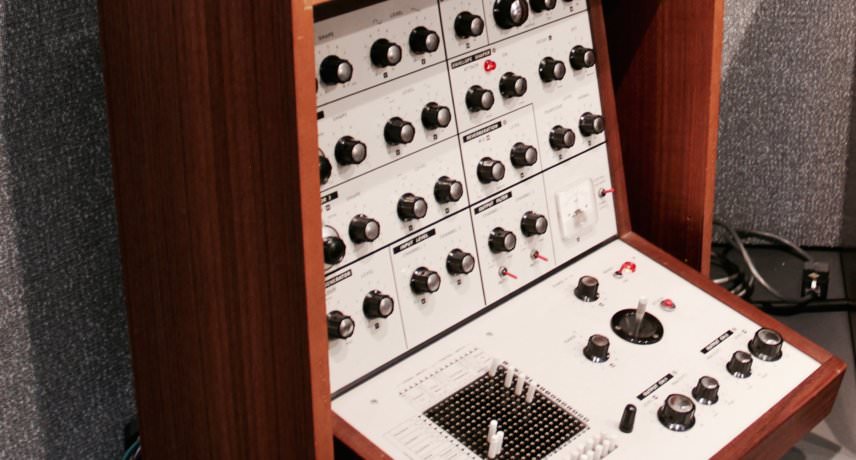


EMS VCS3
I guess my sort of thing is modular synthesis. I’ve got loads of different systems I’ve collected over the years. The first modular thing I ever got was this little VCS3, which I bought back in about ’92 or something like that. I got it straight from Robin, the guy that owns EMS now.
We used this on the album for the vocal processing. It’s really cool for putting vocals through, using the filter and reverb and ring modulator and stuff like that. The whole exciting bit about modular synthesis is that you can keep processing signals through the chain. I’ve got everything on a patch bay so you just have to plug something in one place and it’ll go through all the different modulars.
Related
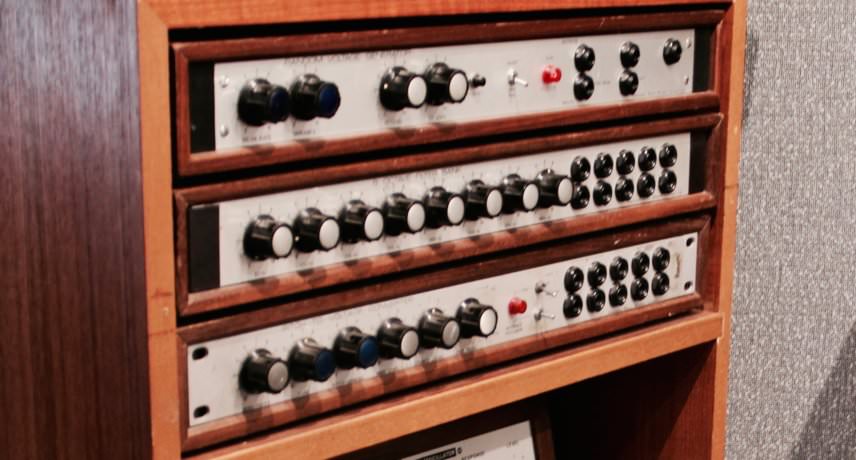


EMS Modules
I got a call a few years ago. This guy contacted me and said: “I work in a university and we’re chucking out a load of stuff. We found a load of stuff in a cupboard and we don’t really know what it is but do you want it?” It was a load of EMS processors and a little sequencer that they made called the TKS, which is a really quirky little one. So I got given a load of amazing, really rare EMS gear which they were just literally going to chuck away.
A friend of mine’s a carpenter so he built me a little cabinet to put them all in. It’s this little EMS setup in a sort of modified G Plan cupboard, which is from exactly the right era.
Related
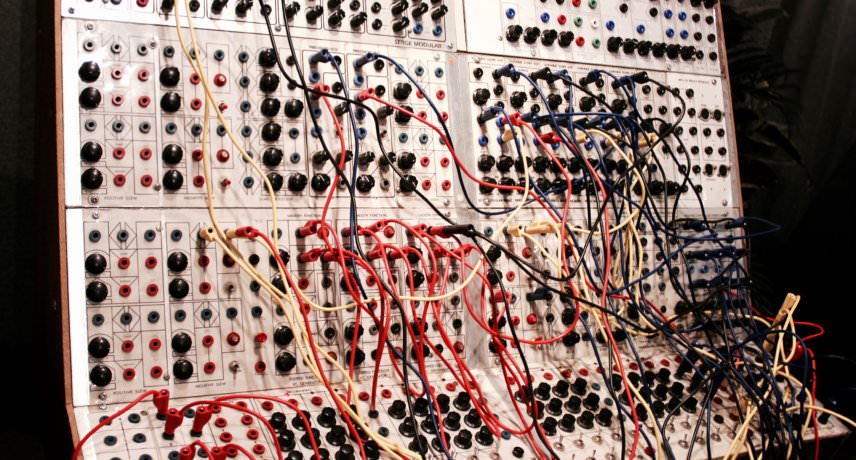


Serge Modular
The Serge modular is a bit later than the Buchla – early to mid 70s – but it uses a similar system of patching. It’s really brilliant because it’s got so many variables, none of which seem to do much on their own, but when you combine it together they turn into something unique. You’ve got these weird modules that don’t have any names or writing on them, they just have symbols. You kind of vaguely know what’s happening, but you just have to plug things in and see what happens instead of planning. It’s very similar to the Buchla but it’s got its own unique sound because of the filters it uses and the phasers it’s got in it.
I like complete modular systems, ones that have their own range of modules right from sequencers through to effects and everything, so you don’t have to combine everything all the time – you can get tracks going that are contained within one system and it gives the track a stronger definition in a way. I did an album called 20 Systems which was 20 different synths. The nice thing about that is that you get to hear the character of each one, and they do all have different characters.
I think it’s amazing what’s happening with all the boutique modular companies doing all the Eurorack stuff – you’d never have guessed ten years ago that it would go that way – but to be honest I’m not that into Eurorack. I’ve got a few good Doepfer modules, but I just find it a bit too fiddly. I like a bit more space around the instrument to get on with it.
Related
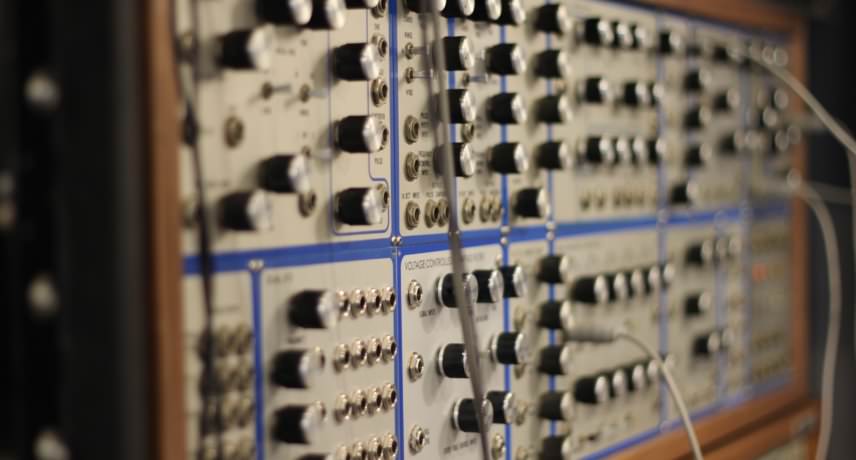


E-mu Modular
I’ve just got hold of this E-mu modular, which is a really good mid-70s, late-70s system. I’ve never had any E-mu stuff before but it’s absolutely amazing – really powerful and well-built. I’m really into it but it’s really hard to find – I managed to get a couple of racks of it and then I’ve added a few bits and bobs, but I’m looking for the sequencer and stuff to go with it. In the last 20 years I’ve probably only ever seen about three E-mu systems for sale, but I think they’re underrated. I hope Dave Rossum’s going to consider doing the old E-mu modules again with his new company, because they’re just amazing. They sound so full and rich, like a Moog modular.
Related
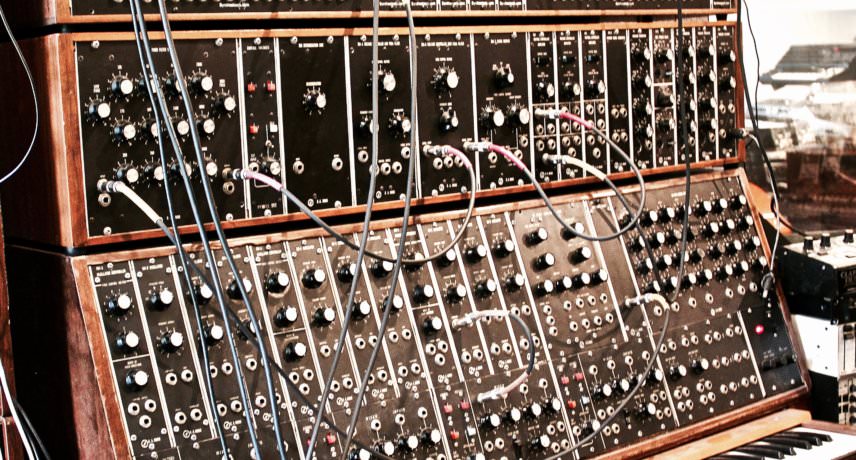


Moog 3C
This was the first big modular that Moog made. I’ve got a couple of clones of the Moog 960 sequencer attached to it. It’s a really brilliant sequencer because you can interact with it in real time. You play an 8-step sequence, but it’s got switches on it that let you skip or loop certain steps. While it’s all running, you can create real-time sequences that evolve and develop. I can send that out to anywhere through the patch bay.
I use Digital Performer as my main computer sequencer and there’s a thing called Silent Way that’s great for sending clock out to all the analogue sequencers so you can lock everything to the computer. A lot of the Wrangler stuff was done like that, setting up a clock and then sequencing all the modulars from there, recording back into the computer as audio but all perfectly synced into bars.
Related
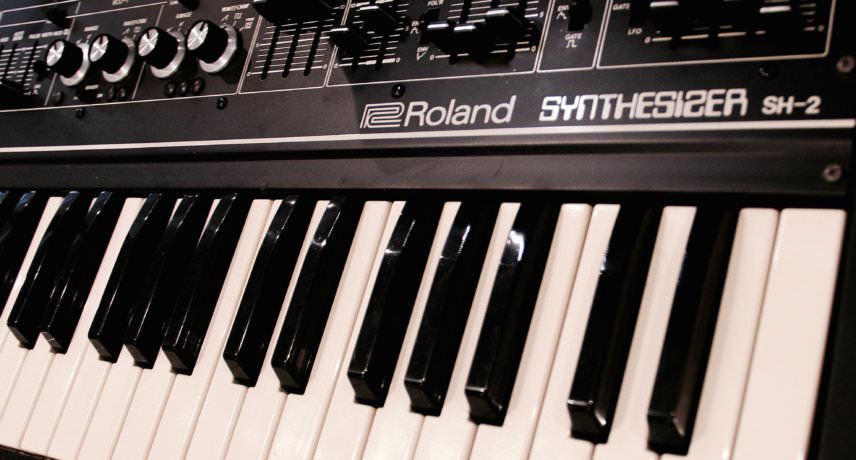


Roland SH-2
I got this recently and I really love it. I’ve got a lot of Roland stuff, like an SH-101 and an SH-1, but I’ve never had an SH-2 before. It’s got two oscillators on it, which none of the other ones in that series do. It’s a really cool little synth. They’re fairly cheap still – you can get them for about 500 quid or so – but they’re brilliant. They’ve got that really lovely warm Roland sound from that era: really rounded basses and fast attack envelopes.
It’s got CV and gate on it so you can hook it up to analogue sequencers really easily. Whenever I get modular stuff I like to get a sequencer with it. I’ve also got an ARP 2500, which is really amazing, and that has a 10-step sequencer, which is really unmusical but you can do weird-length sequences and offset them with other ones.
Related
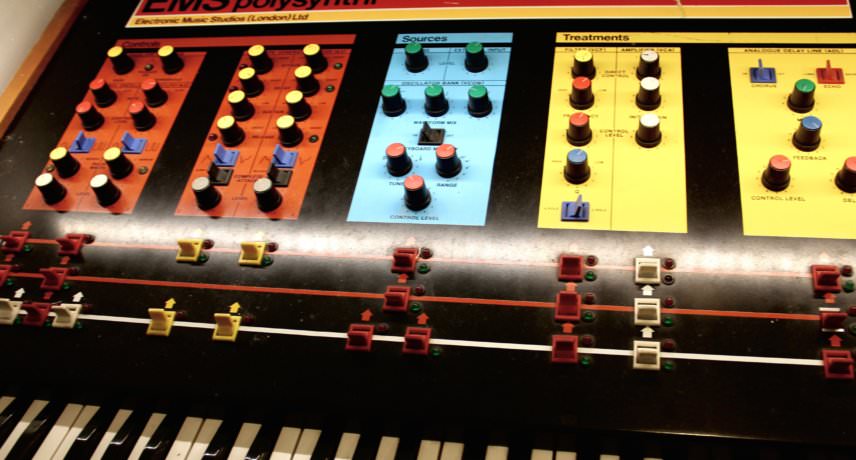


EMS PolySynthi
EMS made these really weird polysynths in the late 70s. It looks like a children’s toy – it’s really cool. Everything about it is kind of done the wrong way. You’ve got the normal kind of filters and oscillators, but it’s got a built-in analogue delay with voltage control on it, then it’s got loads of modulation sources with switches. I use it quite a lot for really weirded-out pads and things.
All the knobs kind of go the wrong way round, like they’re upside-down. Zero is at the one o’clock position, then they all go round sort of backwards, so maximum is at 10 o’clock. It’s such an upside-down way of thinking about working on it.
Related
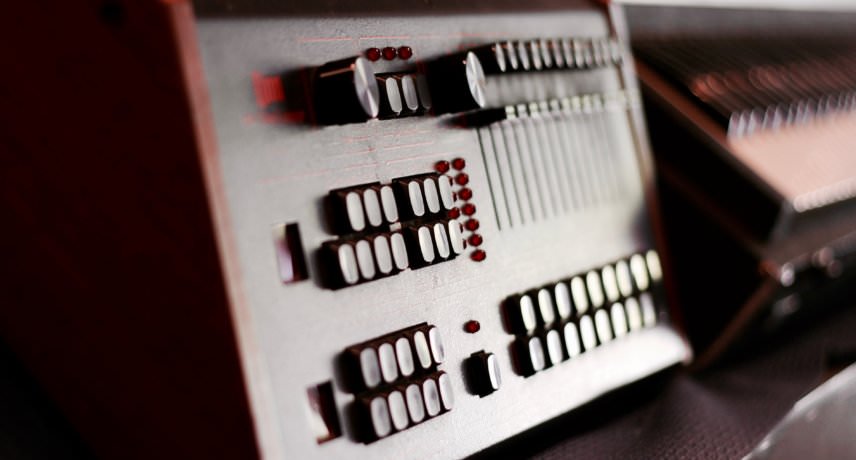


Linn LM-1
This is basically my favourite drum machine. It’s all over the Wrangler stuff. It’s got a couple of sounds in it that you’ve heard all over your favourite Prince records or your favourite Human League records, but mine’s got a modification so that it’s got a row of pitch controllers on the front of it. I think on the original they had them round the back on a little mini-pot, which is really hard to get to. You can tune each sound as you play it, which is really useful so you can keep changing the pitch of the drums as you go. The range of the tuning is quite wide, so you can go from really gritty, grainy low sounds to totally mad little high-frequency blips. It’s a really cool mod.
Related



Toy
This tiny little Japanese model that I got given sits on top of my speakers. It’s like a sort of giant eyeball on a little girl’s body. The singer John Grant came down to the studio last week and he’d just got back from Japan so he brought us this as a present. We’re working on something with him.
Related



Benge – My Studio
I used to be based just off Hoxton Square. I was there for about ten years, but I fancied a change of scenery so I moved everything down here to Cornwall, which is kind of the complete opposite of East London. It’s been pretty amazing to start from scratch and build a whole studio from the ground up.
It’s quite a similar setup to the studio I had in Hoxton: all the synths are in one place and they’re all wired through the patch bay. I managed to get a house that had enough space to pretty much get everything how I wanted it, so I built a big live room and a control room with all the modular synths. I put everything in purpose-built racks and consoles. It all looks a bit Space: 1999.
The new Wrangler album was the first proper album I did here. We did the recording about a year ago now. I’d spent a year or so getting the studio built, then it was really cool to go straight in with a big project. We’d been playing a lot of live stuff and a lot of the album tracks were semi-written before they came down here, which was quite a different way of working. When we came into the studio we kind of knew pretty much the basics of each track, then we experimented on top of them. It’s a nice area, so it’s kind of cool for people to come down and relax and get into the vibe of it all.
Related

AIAIAI Unveils The TMA-2 Studio and The TMA-2 Studio XE
6 years after releasing the TMA-2, Danish audio company AIAIAI has announced the TMA-2 Studio and TMA-2 XE. It's hard to believe 6 years have passed since we reviewed the TMA-2 in 2015. A popular product amongst DJs, as well as the Attack team, they were an easy addition to…
In "News"

Quantic
Quantic explains his production process as he shows us around his Brooklyn studio. online pharmacy order lariam no prescription with best prices today in the USA Quantic will take part in a discussion at this year's Ableton Loop online pharmacy purchase stromectol online with best prices today in the USA online…
In "My Studio"

Huxley
To accompany our in-depth interview online pharmacy phenergan for sale no prescription pharmacy online pharmacy buy tamiflu no insurance with best prices today in the USA , Huxley gives us a breakdown of the key tools in his studio. Huxley's Blurred is out now on Aus Music. Find him on Facebook online pharmacy…
In "My Studio"
Benge is one third of Wrangler alongside Cabaret Voltaire’s Stephen Mallinder and Tuung’s Phil Winter. Wrangler’s White Glue
album is out now on MemeTune Recordings.
Related
24th September, 2016
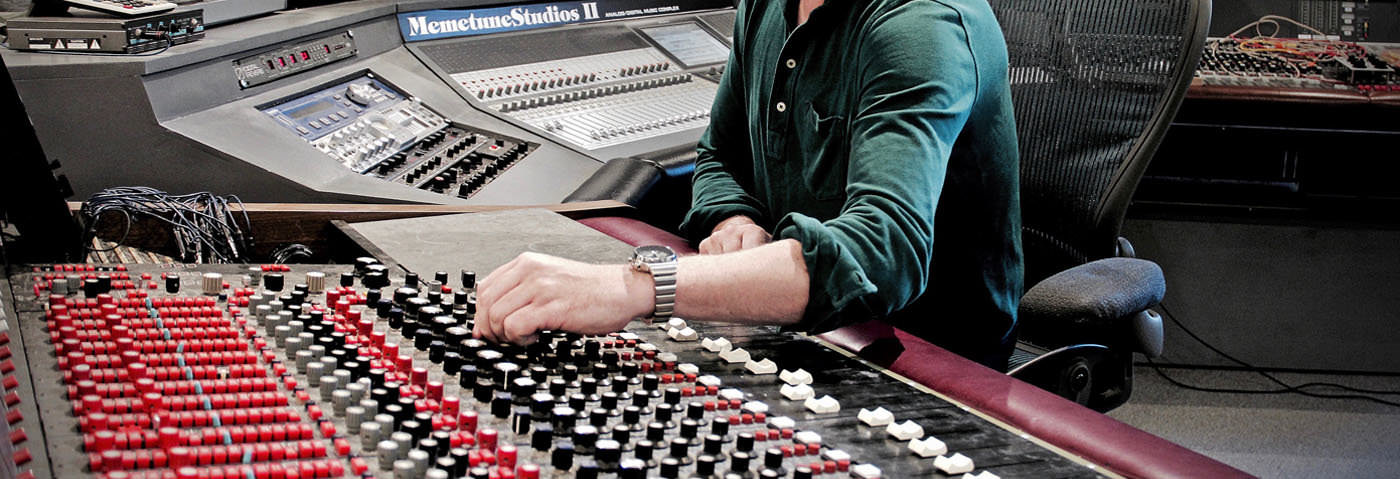
12.31 AM
holy sh#t!!!